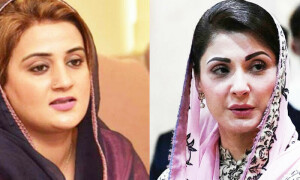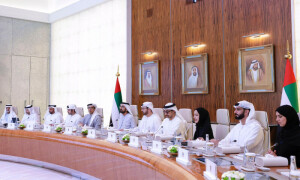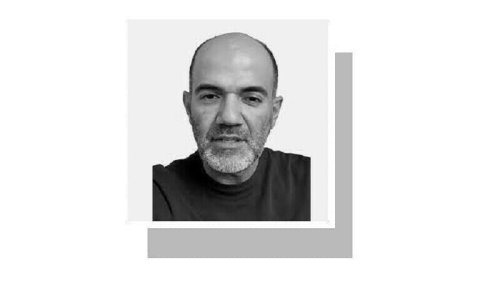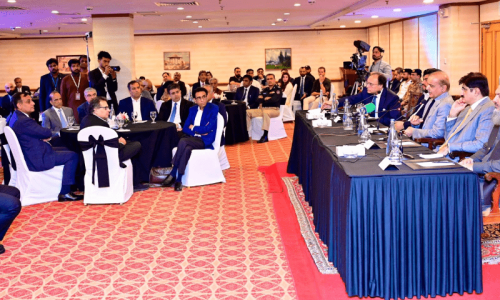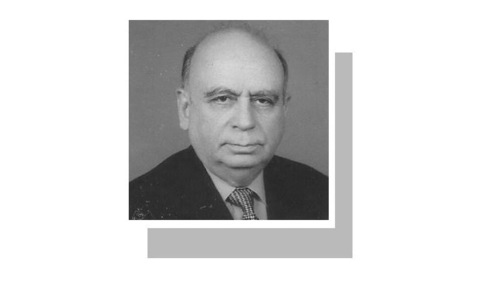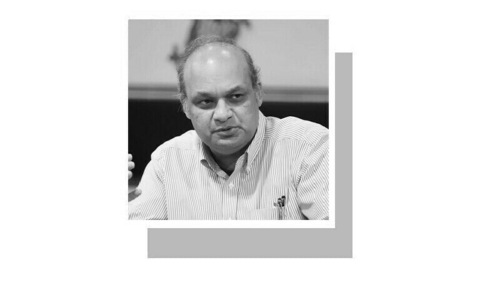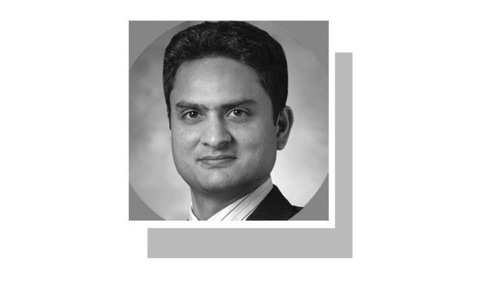WASHINGTON: US Central Intelligence Agency (CIA) has classified two Hindu groups — Vishwa Hindu Parishad and Bajrang Dal — as “militant religious outfits” and called Rashtriya Swayamsevak Sangh (RSS) a nationalist organisation.
The entries in the latest update of the CIA World Factbook stirred widespread protests in India where protesters also claimed that a map posted with the changes also shows a section of the India-held Kashmir and the entire Azad Jammu and Kashmir as part of Pakistan.
They claimed that such changes “exposed the CIA’s anti-India” stance.
In statements published in the Indian media, militant Hindu groups also claimed that CIA itself was a terrorist organisation, which “spreads terror across the world for the benefit of America”.
An entry in the CIA Factbook notes that India has dozens of national and regional political parties’ pressure groups and leaders, including All Parties Hurriyat Conference, which was described as “a separatist group in the Kashmir Valley”. This too annoyed protesters in India who insisted that Hurriyat should have been classified as a terrorist or a militant group.
The demonstrators noted that the CIA was also lenient to another Muslim group, Jamiat Ulema-i-Hind, which is led by Maulana Mahmood Madani simply as a religious organisation while listing similar Hindu groups as militants.
The CIA Factbook also includes RSS leader Mohan Bhagwat and VHP’s Pravin Togadia among those who lead “numerous religious or militant/chauvinistic organisations; various separatist groups seeking greater communal and/or regional autonomy”.
The CIA report notes that the outlook for India’s long-term growth is moderately positive due to a young population and corresponding low dependency ratio, healthy savings and investment rates, and increasing integration into the global economy.
But it also identifies long-term challenges confronting India, including: Discrimination against women and girls, an inefficient power generation and distribution system, ineffective enforcement of intellectual property rights, decades-long civil litigation dockets, inadequate transport and agricultural infrastructure, limited non-agricultural employment opportunities, high spending and poorly targeted subsidies, inadequate availability of quality basic and higher education, and accommodating rural-to-urban migration.
The report points out that despite high growth rate compared to the rest of the world, “India’s government-owned banks faced mounting bad debt in 2015 and 2016, resulting in low credit growth. The economy slowed in 2017 due to shocks of demonetisation and introduction of GST.”
Published in Dawn, June 19th, 2018







